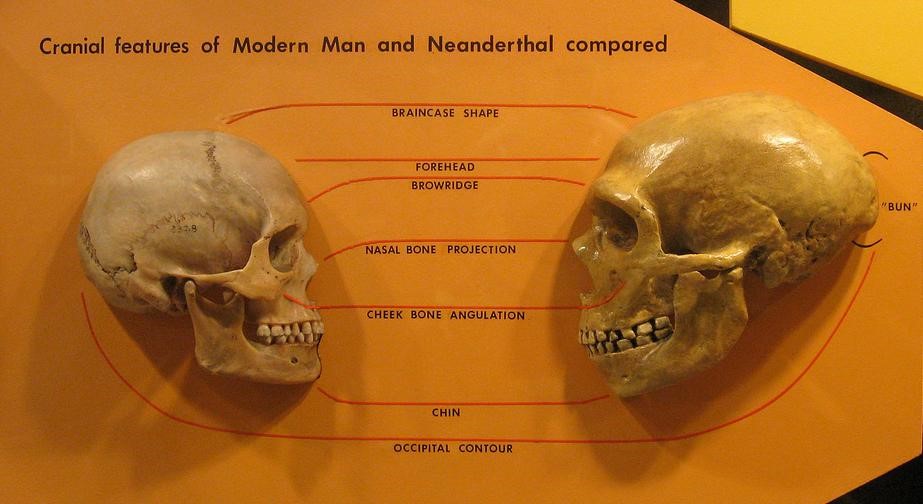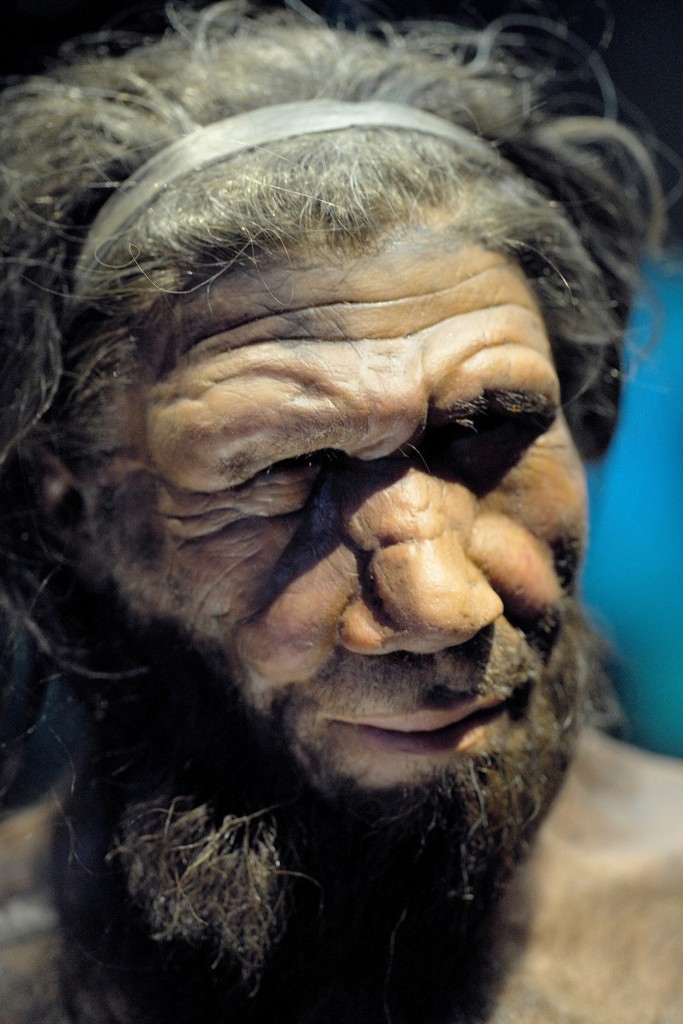Listen to Episode 177 on PodBean, YouTube, Spotify, or wherever you listen to your favorite podcasts!
Thousands of years ago, our ancestors weren’t the only humans around. This episode, we discuss the deep history and culture of some of our closest extinct relatives, Neanderthals.
In the news:
A well-preserved bat skull provides insights into early bat evolution
Fossils show strong similarity between modern and Ice Age beavers
New fossil sheds light on early evolution of giant pliosaurs
Niche modelling predicts which snake species bit Ancient Egyptians
Our Extinct Cousins
Neanderthals, Homo neanderthalensis, are extinct humans, close relatives of our own lineage, Homo sapiens. They were first recognized scientifically in the 1850s, and since then, Neanderthal remains have been found across Europe and Asia, ranging from 200,000 to 40,000 years ago, and representing over 300 known individuals.

Right: Neanderthal skull. Image by Luna04, CC BY-SA 3.0 DEED
Neanderthals weren’t the only group of extinct humans – they lived alongside Homo sapiens, Denisovans, and more. They are, however, the most famous and well-studied extinct humans. Studies of their anatomy reveal clues as to how they lived their lives, and studies of their preserved DNA reveal how their populations changed over time, as well as how they interacted with Homo sapiens. It is now well established that Homo sapiens and Homo neanderthalensis mated in the past, and that many of us living humans have some Neanderthal DNA within us.

Image by Hairymuseummatt, CC BY-SA 2.0 DEED
In addition to skeletal remains, a vast array of tools have been attributed to Neanderthals, tools that were used for hunting, processing food, and more. These tools are among the evidence that researchers use to interpret the culture and technology of Neanderthals. In decades past, Neanderthals gained a reputation as unintelligent, primitive people, perhaps destined to be out-done by our own lineage, but more and more research contradicts this view. Neanderthals were diverse, intelligent, culturally complex, and altogether very similar to our own ancestors.

Bottom: Bone tools attributed to Neanderthals. Image by Naomi L. Martisius et al., CC BY 4.0 DEED
Neanderthals disappear from the fossil record around 40,000 years ago. The circumstances of their extinction have been the subject of much study and debate. Shifting climates and changing ecosystems might have played a role, and there’s some evidence that Neanderthals were in long-term decline before they vanished, and of course many researchers suspect that the arrival of Homo sapiens played a role as well.

Learn more
Who Were the Neanderthals? by our guest, Dr. Bridget Alex
Syllabus for Dr. Alex’s class, Neanderthals and Other Extinct Humans, including many references to studies and more information
Educational videos about Neanderthals made by Dr. Alex’s students
__
If you enjoyed this topic and want more like it, check out these related episodes:
We also invite you to follow us on Twitter, Facebook, or Instagram, buy merch at our Zazzle store, join our Discord server, or consider supporting us with a one-time PayPal donation or on Patreon to get bonus recordings and other goodies!
Please feel free to contact us with comments, questions, or topic suggestions, and to rate and review us on iTunes.